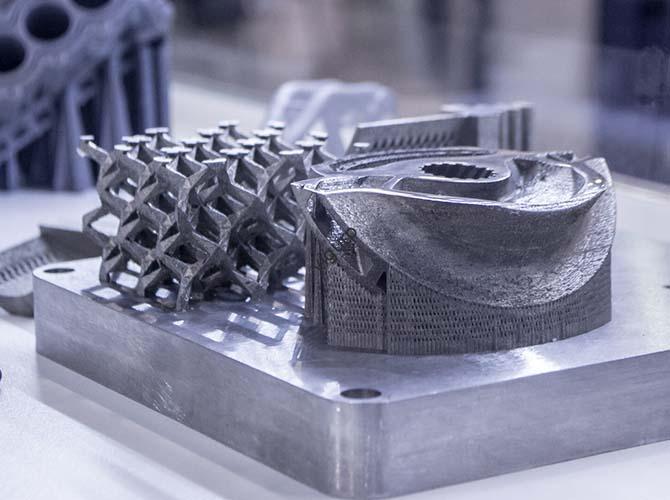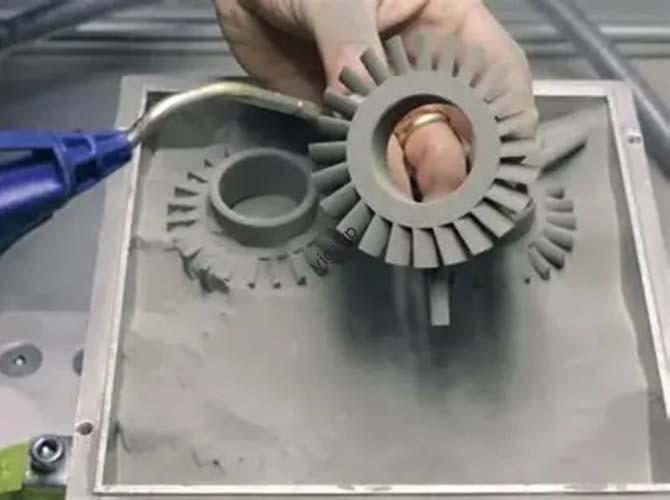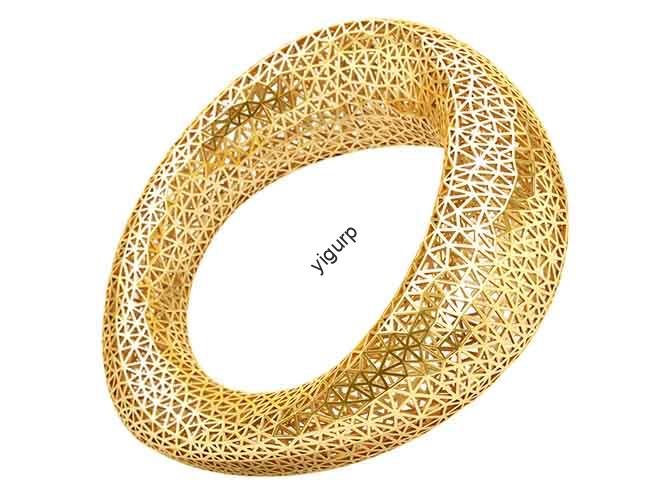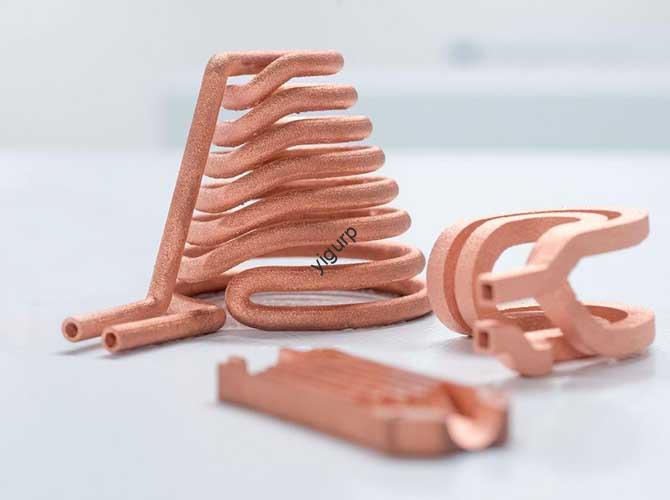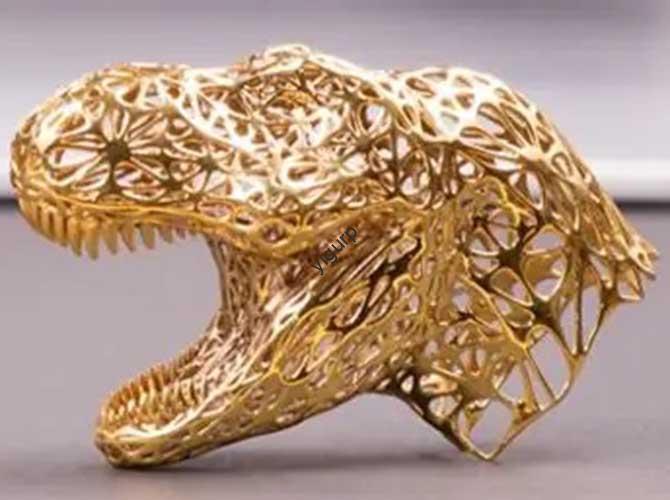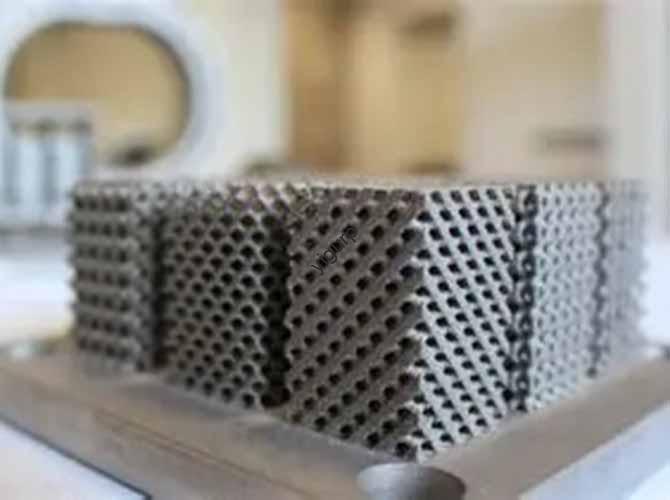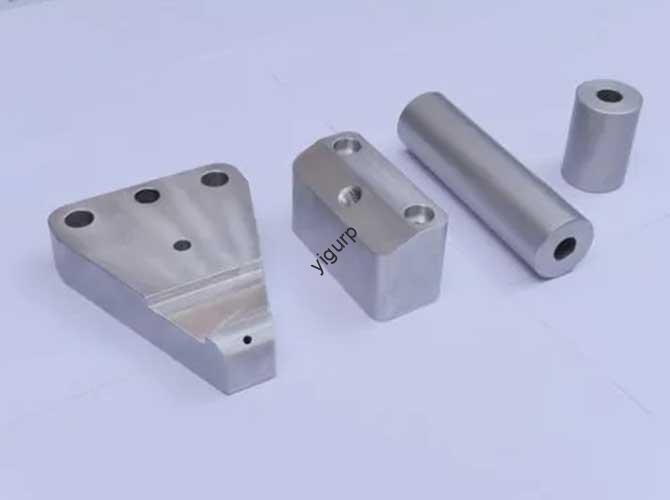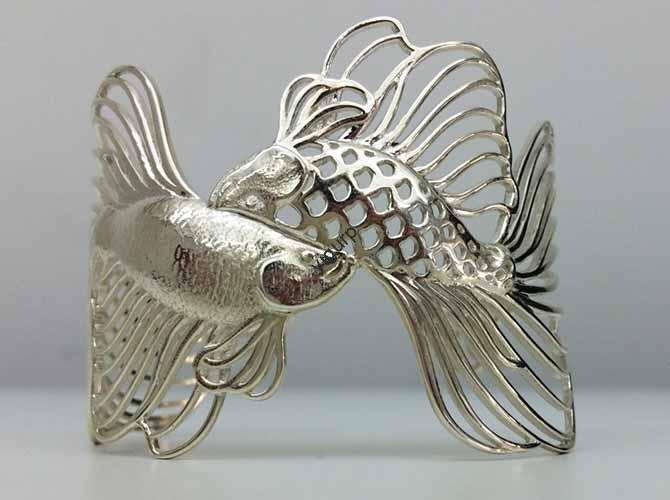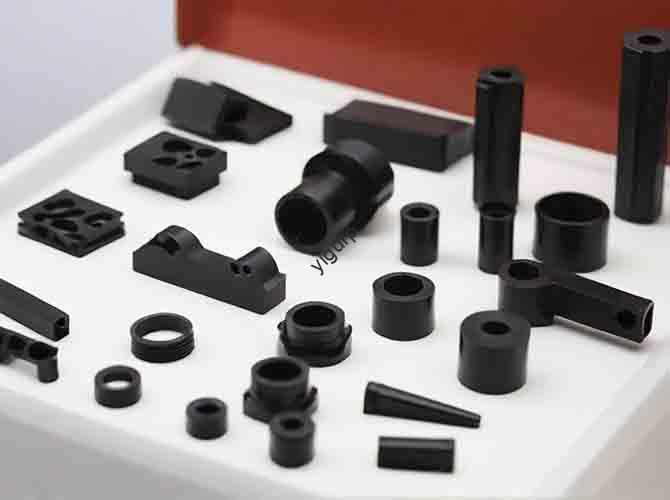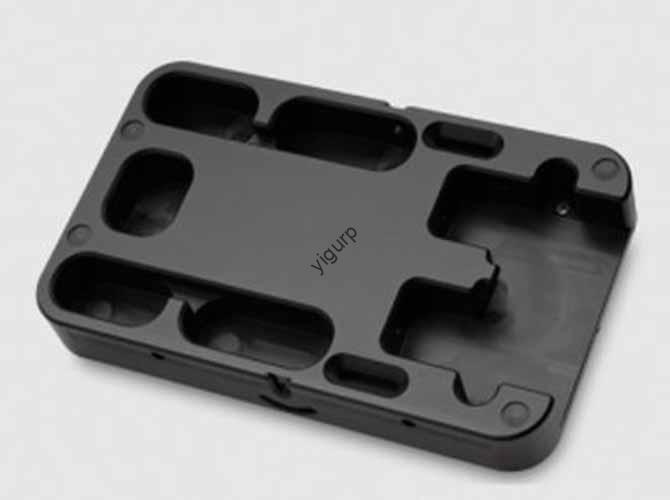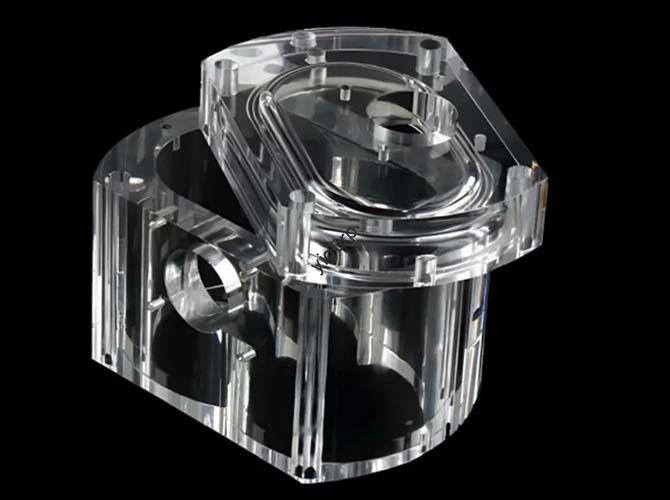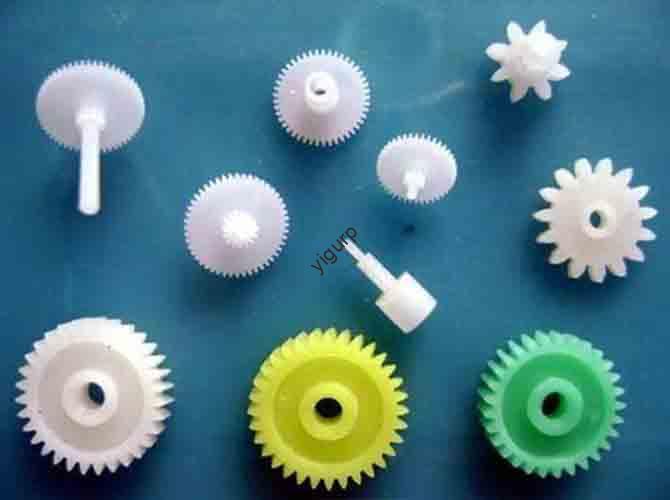What Are Die Casting Hot Joints and How to Eliminate Their Quality Risks?
Die casting hot joints are silent quality killers in metal forming—they arise from local cooling delays in castings and trigger a chain of defects, from surface dimples to catastrophic fatigue failure. For manufacturers producing critical parts (e.g., automotive brake calipers, hydraulic valves), ignoring hot joints can lead to costly recalls, production halts, and reputational damage. […]
